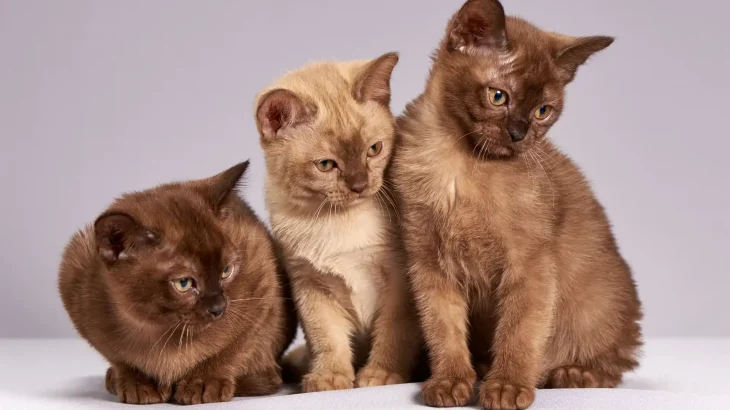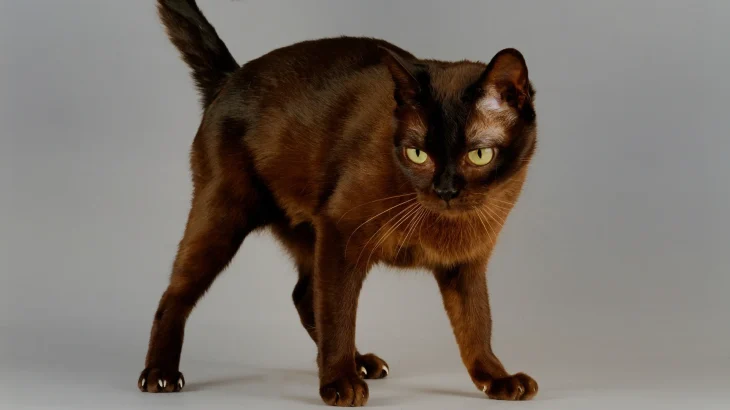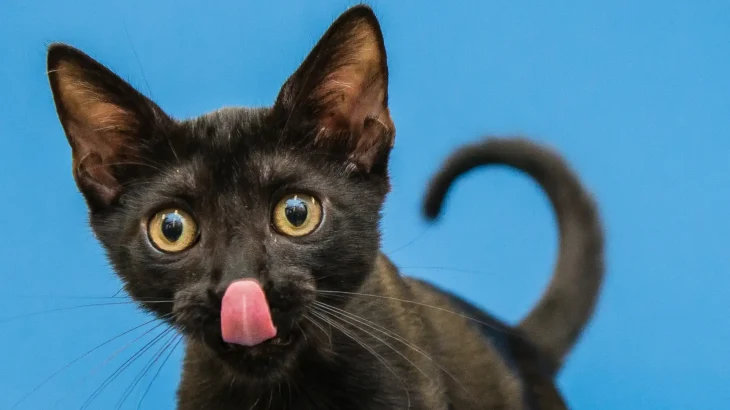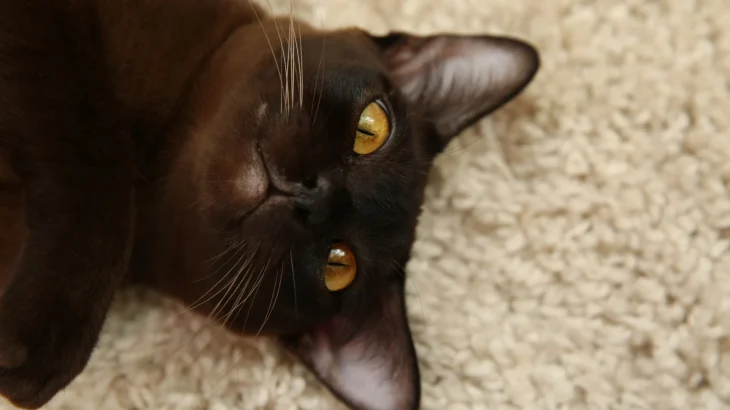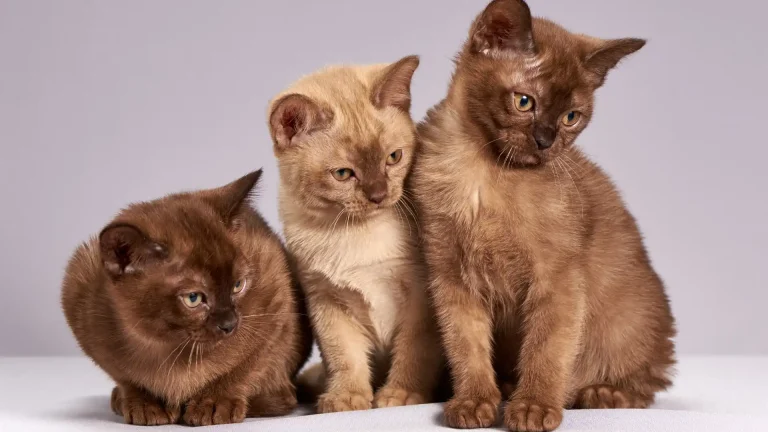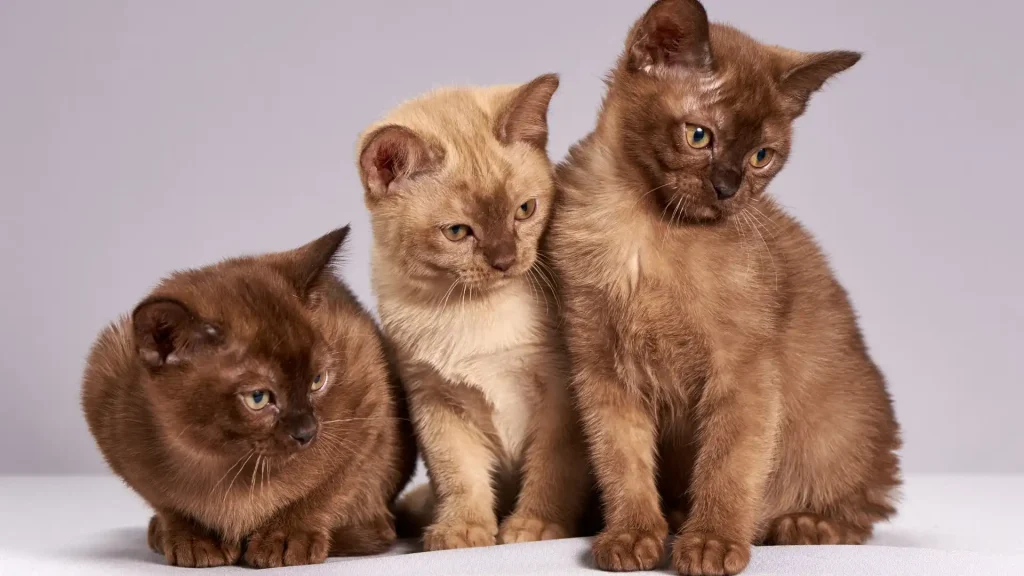Deciding whether to adopt or purchase a Suphalak kitten depends heavily on your priorities regarding health certainty, cost, and ethical considerations. While buying from a breeder can assure specific breed traits and documented lineage, adoption offers a chance to give a loving home to a cat that may otherwise remain homeless.
Adoption vs. Breeder: Pros & Cons
| Criteria | Buying from Breeder | Adopting from Shelter/Rescue |
|---|---|---|
| Cost | Typically higher cost due to breed rarity and pedigree documentation. | Generally lower fees, often including basic medical care. |
| Health History | Comprehensive health and genetic history usually available. | Health history may be limited or unknown but basic screening is usually done. |
| Age Availability | Primarily kittens, allowing early-life raising. | Wide age range from kittens to adults. |
| Temperament Insight | Breeders provide insights based on lineage and early observation. | Staff give temperament observations but background may be less certain. |
| Supporting Practices | Supports preservation of the Suphalak breed when sourced ethically. | Supports animal welfare by rescuing cats in need. |
| Legal Documentation & Ownership Papers | Usually includes pedigree and legal ownership documentation. | May lack breed-specific papers; focus is on adoption paperwork. |

